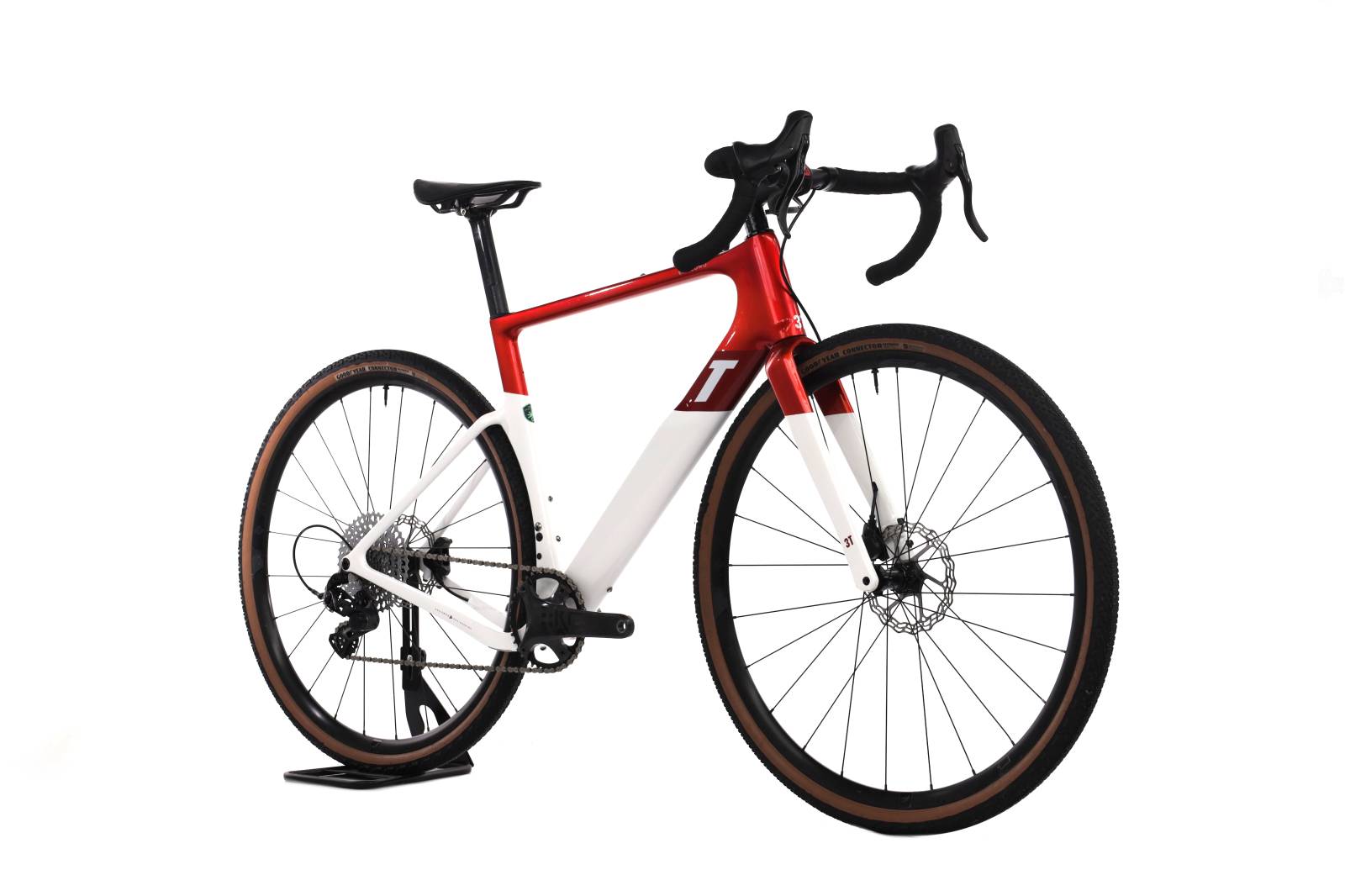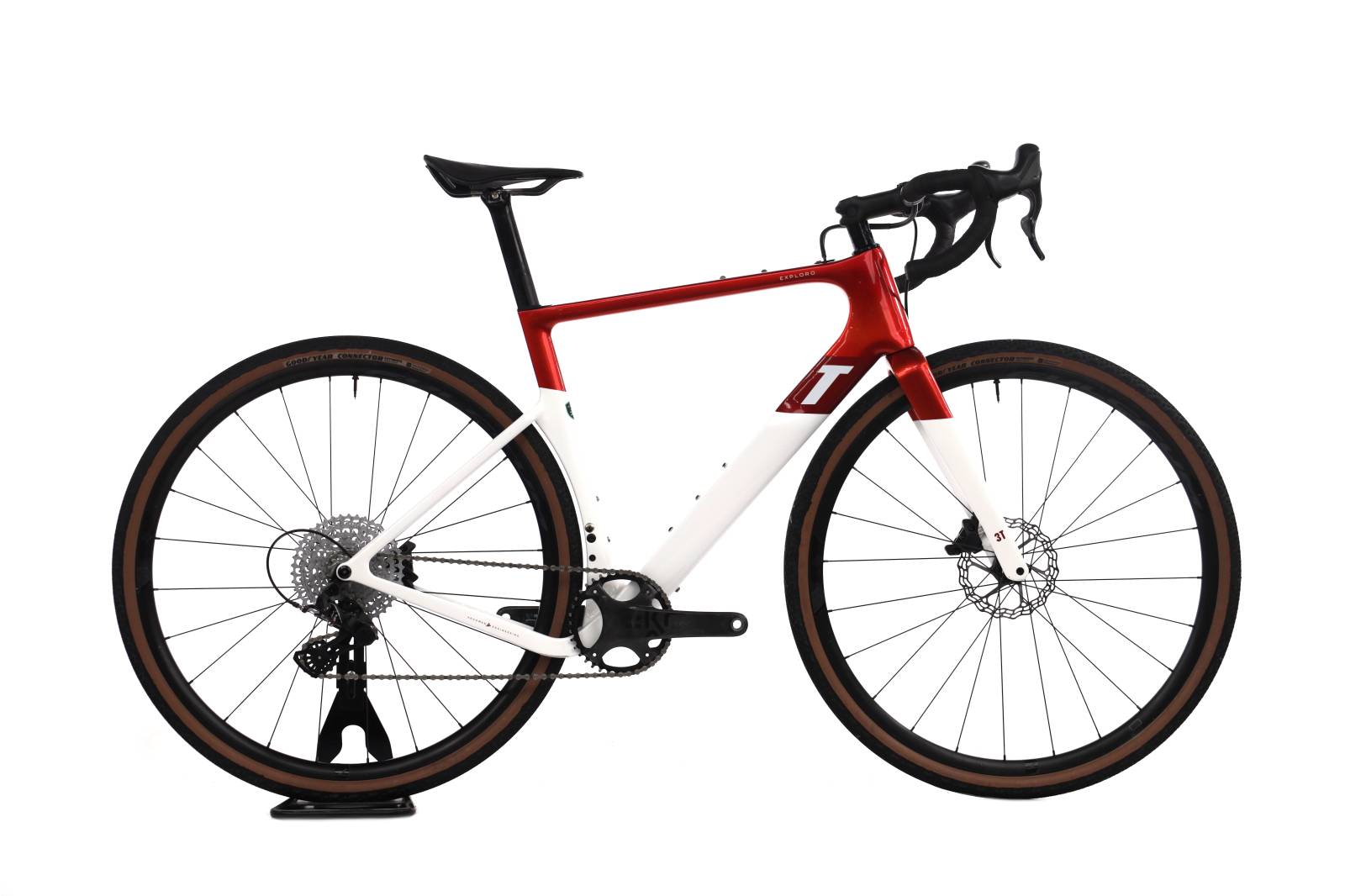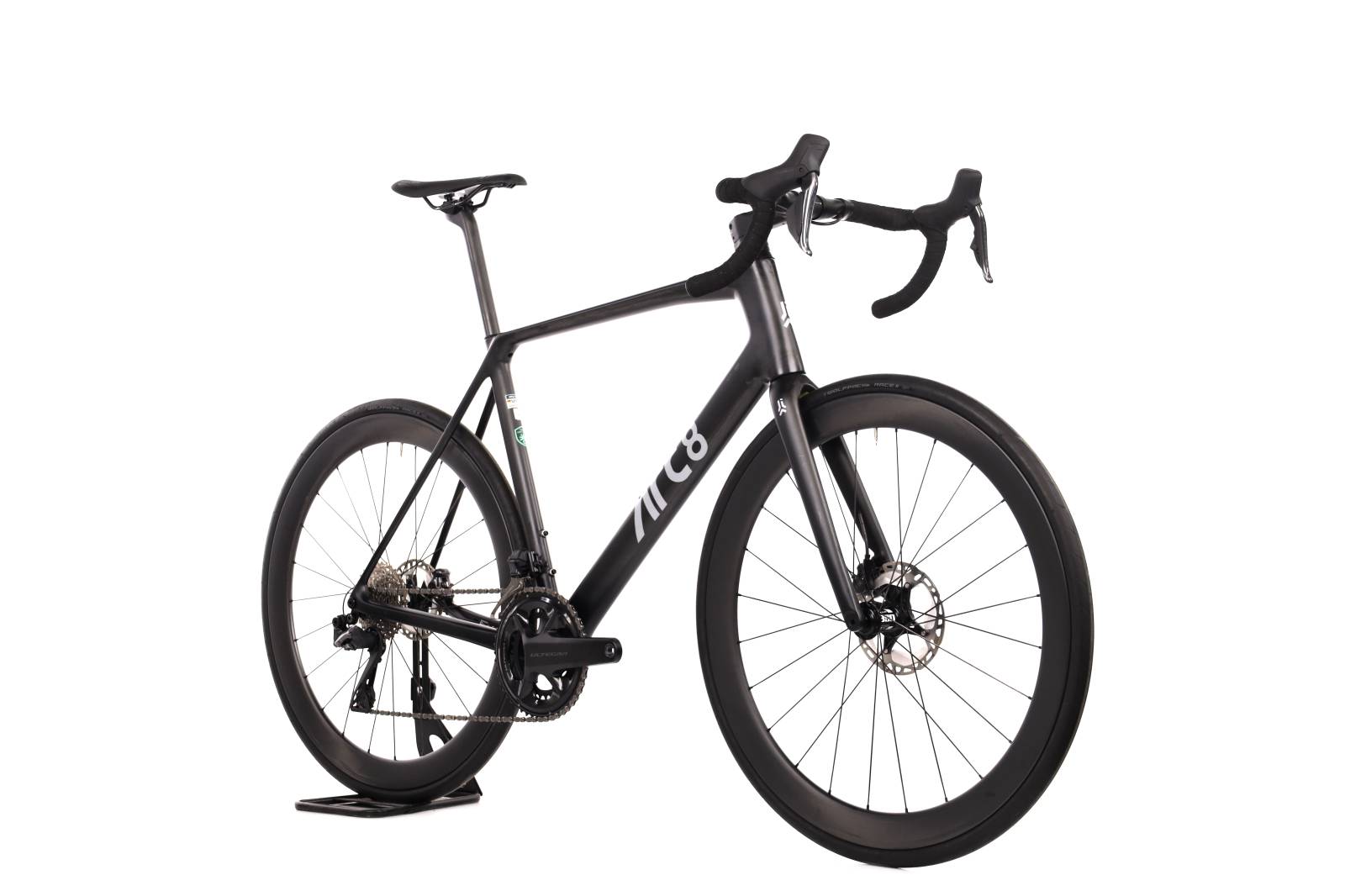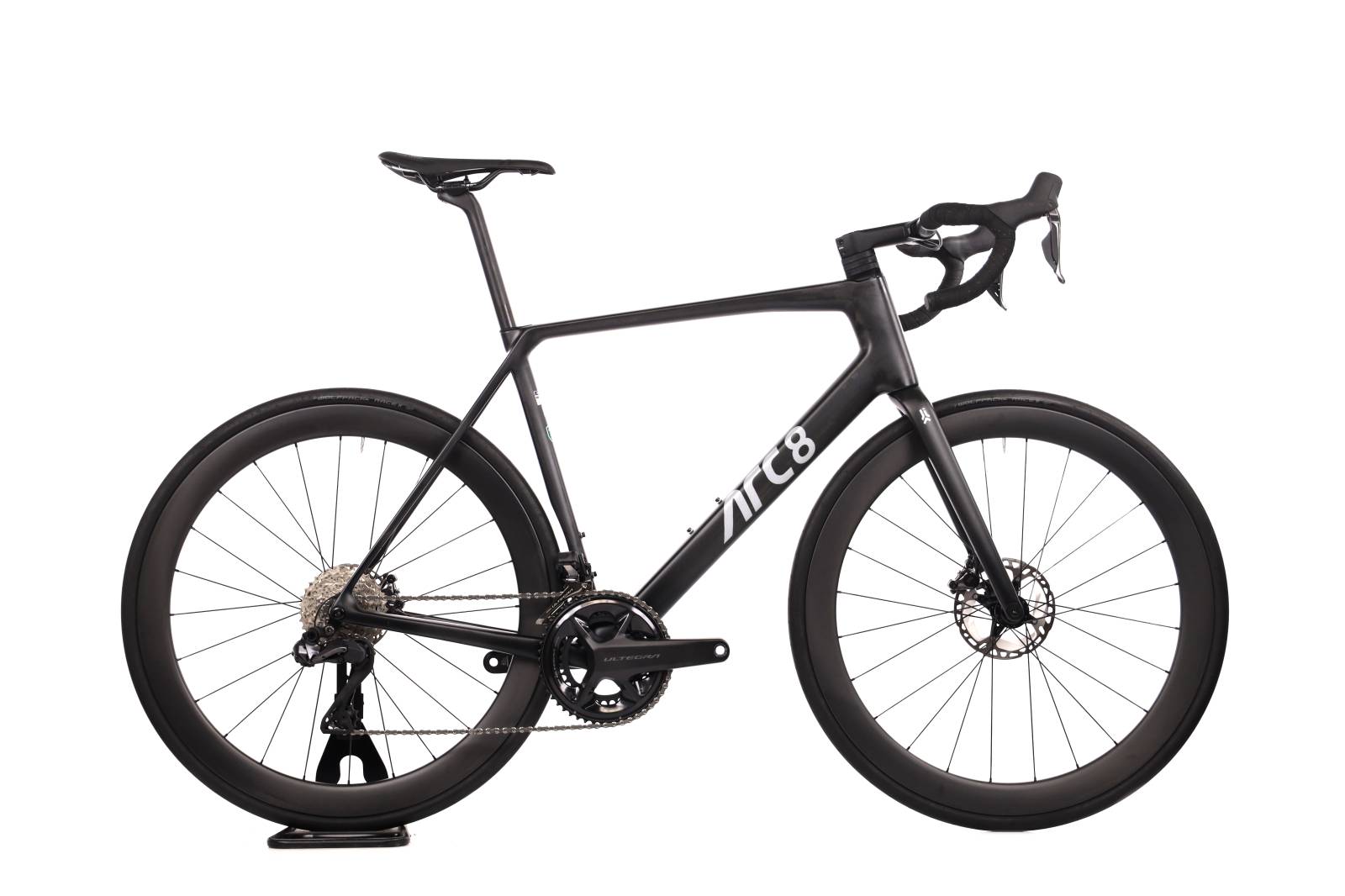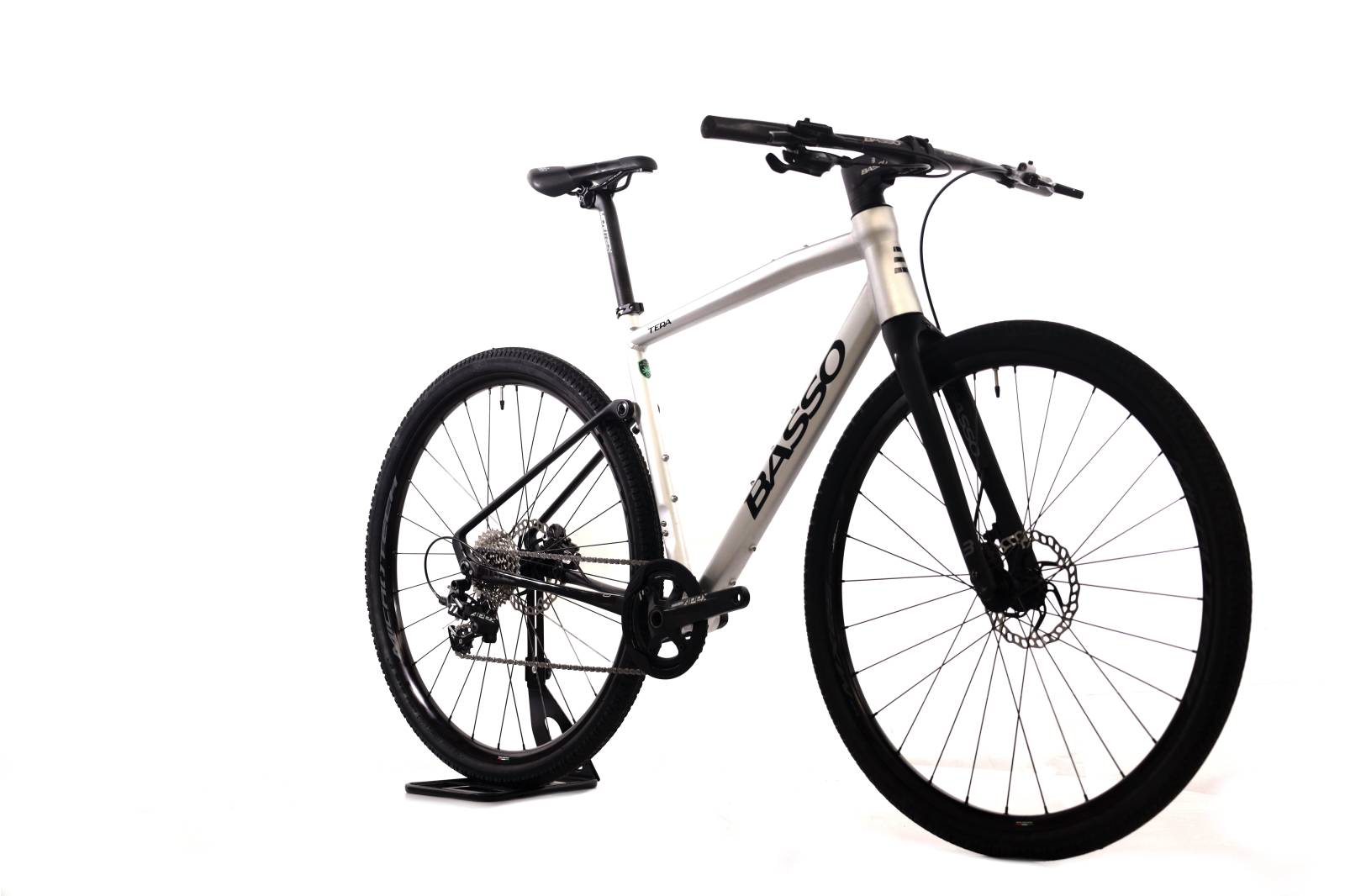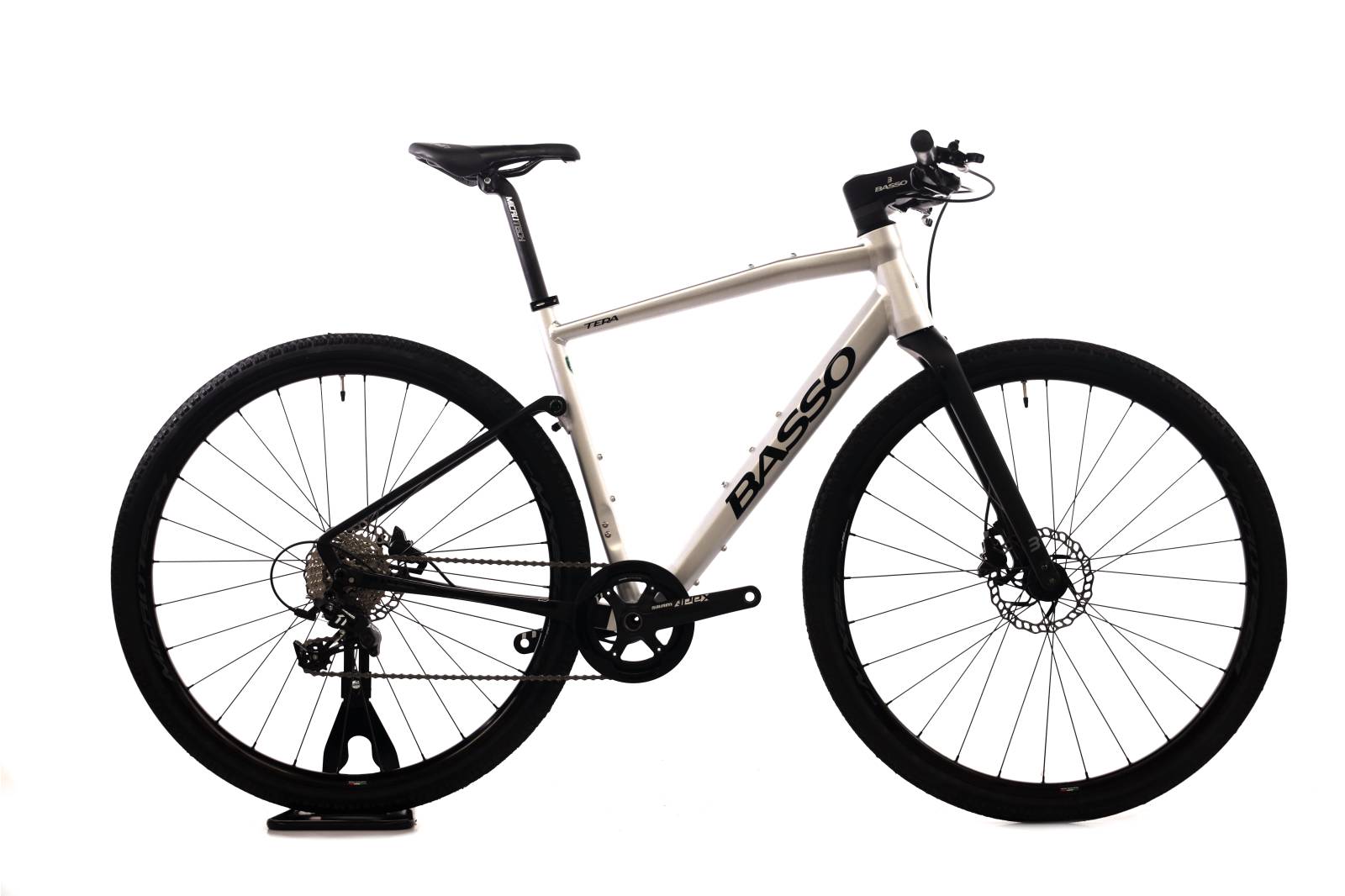The queen stage. Stage 8: Sunday, July 31, Lure - La Super Planche des Belles Filles, 123 km. [caption id="attachment_8297" align="alignnone" width="744"]
 Image: Profile of the queen stage.[/caption]
After seven days of competition, the cyclists will face a brutal last day. First will be the climb of the Ballon d'Alsace, to finish on the 24% gravel ramps that culminate in Super Planche des Belles Filles.
Image: Profile of the queen stage.[/caption]
After seven days of competition, the cyclists will face a brutal last day. First will be the climb of the Ballon d'Alsace, to finish on the 24% gravel ramps that culminate in Super Planche des Belles Filles.
[caption id="attachment_8302" align="alignnone" width="744"]
 Image: A.S.O./Fabien Boukla[/caption]
For the first time, the gala round has live television coverage. A crucial aspect to finally make female cycling stars familiar to the general public.
Without a doubt, we are at a turning point: the time has come when live broadcasting of women's cycling is no longer a curiosity but has become the norm. The trend is unstoppable.
The organization of the test highlights the media and economic impact, which should contribute to the financial stability and increase in the salaries of the cyclists. As a curiosity, and without entering into hateful comparisons, the prize money for the girls amounts to 250,000 euros, compared to the 2.3 million assigned to the men's event.
Image: A.S.O./Fabien Boukla[/caption]
For the first time, the gala round has live television coverage. A crucial aspect to finally make female cycling stars familiar to the general public.
Without a doubt, we are at a turning point: the time has come when live broadcasting of women's cycling is no longer a curiosity but has become the norm. The trend is unstoppable.
The organization of the test highlights the media and economic impact, which should contribute to the financial stability and increase in the salaries of the cyclists. As a curiosity, and without entering into hateful comparisons, the prize money for the girls amounts to 250,000 euros, compared to the 2.3 million assigned to the men's event.
History of the Women's Tour
The Tour is, today, the first women's stage race promoted by the Amaury Sports Organization (ASO) in France. Let us remember that ASO is the organizer of the men's race. Hence, in part, the enormous media impact. However, the interest in organizing a women's event in the image and likeness of the traditional Tour is not new. In fact, the first attempts date back to the mid-20th century. [caption id="attachment_8304" align="alignnone" width="744"] Image: A.S.O./Thomas Maheux.[/caption]
Image: A.S.O./Thomas Maheux.[/caption]
The first attempt, in 1955
The first attempt to promote a women's Tour de France took place in 1955, thanks to the efforts of the French sports journalist Jean Leulliot. Leulliot was supported by the fact that he had directed Paris-Nice for 25 years. His initial intention was to design a route of seven stages, between 80 and 100 km, but he had to settle for five. At that time, the Women's Road Cycling World Championship did not even exist (the first was organized in 1958), and the French Federation itself barely organized races. In the 1955 Tour de France, 41 women started, with the final victory of Mildred Jessie Millie Robinson (as a curiosity, she was also a great sheep shearer). It turned out to be a flash in the pan, as a women's Tour de France was not organized again until the 1980s.1984-1989: Women's Tour de France
In 1984, the Société du Tour de France, then organizer of the men's Tour de France, presented a women's version. For six years, the Women's Tour de France was held in parallel. The mileage was less, but the finish line was in the same place. The first edition had 18 stages, reducing to 11 in its last year, in 1989. The American Marianne Martin won the first edition of the race (1984). The Italian Maria Canins won the second and third (1985-86), and the incredible Jeannie Longo won the last three editions (1987-89). In 1989, Jean-Marie Leblanc (director of the Tour de France at that time) announced the suspension of the event, citing lack of economic profitability.1990-1993: Women's EEC Tour
Without the support of the Société du Tour de France, other entities and clubs joined together to keep a women's Tour alive. As a result of this collaboration, the women's EEC Tour emerged, which was held between 1990 and 1993, with routes that ranged between nine and twelve stages. Its first winner was the four-time world champion, the French Catherine Marsal. There is not much documentation about these years. Perhaps because the Société du Tour de France, which became part of ASO in 1992, chose not to recognize the test. [caption id="attachment_8306" align="alignnone" width="744"] Image: A.S.O./Thomas Maheux.[/caption]
Image: A.S.O./Thomas Maheux.[/caption]
1992-2009: from the Women's Cycling Tour (1992-1997) to the Grande Boucle (1998-2009)
In 1992, another French journalist, Pierre Boué, launched the Women's Cycling Tour to fill the void left by his predecessor in 1989. The race was held with relative success for more than a decade and a half. There were, however, problems such as lack of stable sponsorship and issues such as lack of decent accommodation, unnecessarily long neutralized outings, or unpaid prize money. In addition, Boué had problems finding cities willing to host stages, which caused long transfers and problems organizing editions with a stable number of stages. [caption id="attachment_8308" align="alignnone" width="744"] Image: A.S.O./Fabien Boukla [/caption]
Before the 1998 edition, ASO (organizing company of the Tour de France) denounced that the name of the race (Tour Cycliste Féminin) violated its property rights because it was a registered trademark. Therefore, in 1998, the race was renamed Grande Boucle Féminine Internationale.
It was the time in which the Spanish cyclist Joane Somarriba would claim victory up to four times. Years in which the presence of professionals was combined with an essentially amateur platoon.
During 12 editions, women faced an average of 13 or 14 stages per edition. But after a hiatus in 2004, the test returned with a smaller scope. La Grande Boucle began its decline. In 2009, only 66 cyclists took the start; After four stages, the race signed its death. Again, financial difficulties, lack of sponsorship and general disinterest were arguments to put an end to it.
Image: A.S.O./Fabien Boukla [/caption]
Before the 1998 edition, ASO (organizing company of the Tour de France) denounced that the name of the race (Tour Cycliste Féminin) violated its property rights because it was a registered trademark. Therefore, in 1998, the race was renamed Grande Boucle Féminine Internationale.
It was the time in which the Spanish cyclist Joane Somarriba would claim victory up to four times. Years in which the presence of professionals was combined with an essentially amateur platoon.
During 12 editions, women faced an average of 13 or 14 stages per edition. But after a hiatus in 2004, the test returned with a smaller scope. La Grande Boucle began its decline. In 2009, only 66 cyclists took the start; After four stages, the race signed its death. Again, financial difficulties, lack of sponsorship and general disinterest were arguments to put an end to it.




